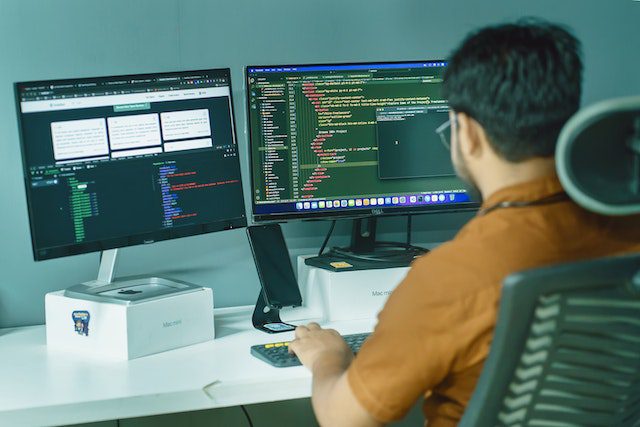Summary of Visualrwkv-hd and Uhd: Advancing High-resolution Processing For Visual Language Models, by Zihang Li and Haowen Hou
VisualRWKV-HD and UHD: Advancing High-Resolution Processing for Visual Language Models
by Zihang Li, Haowen Hou
First submitted to arxiv on: 15 Oct 2024
Categories
- Main: Computer Vision and Pattern Recognition (cs.CV)
- Secondary: Artificial Intelligence (cs.AI); Computation and Language (cs.CL)
GrooveSquid.com Paper Summaries
GrooveSquid.com’s goal is to make artificial intelligence research accessible by summarizing AI papers in simpler terms. Each summary below covers the same AI paper, written at different levels of difficulty. The medium difficulty and low difficulty versions are original summaries written by GrooveSquid.com, while the high difficulty version is the paper’s original abstract. Feel free to learn from the version that suits you best!
| Summary difficulty | Written by | Summary |
|---|---|---|
| High | Paper authors | High Difficulty Summary Read the original abstract here |
| Medium | GrooveSquid.com (original content) | Medium Difficulty Summary The paper presents two advancements in the VisualRWKV model family, specifically designed to process high-resolution visual inputs. The first advancement, VisualRWKV-HD, integrates a high-resolution vision encoder with low-resolution encoders using a lossless downsampling method. This allows the model to handle resolutions up to 4096 x 4096 pixels while maintaining performance on VLM benchmarks and text-rich tasks. The second advancement, VisualRWKV-UHD, enhances image representation by dividing the image into four segments and recombining them with the original image. This technique balances coarse and fine-grained information, enabling the model to process high-resolution visual inputs effectively. The paper demonstrates strong results on VLM benchmarks and significant improvements in performance for text-rich tasks. |
| Low | GrooveSquid.com (original content) | Low Difficulty Summary The paper talks about a way to make computer vision models better at understanding images. These models need to be able to look at pictures and understand what’s in them. Sometimes, these models get confused because the images are too blurry or low-quality. To fix this, the researchers created two new ways for their model to process higher-quality images. The first way is called VisualRWKV-HD, and it lets the model handle really high-resolution images (like 4096 x 4096 pixels) without getting slow. The second way is called VisualRWKV-UHD, and it helps the model understand both big-picture details and small details at the same time. Both new ways make the model better at understanding text-rich tasks like reading documents. |
Keywords
» Artificial intelligence » Encoder




